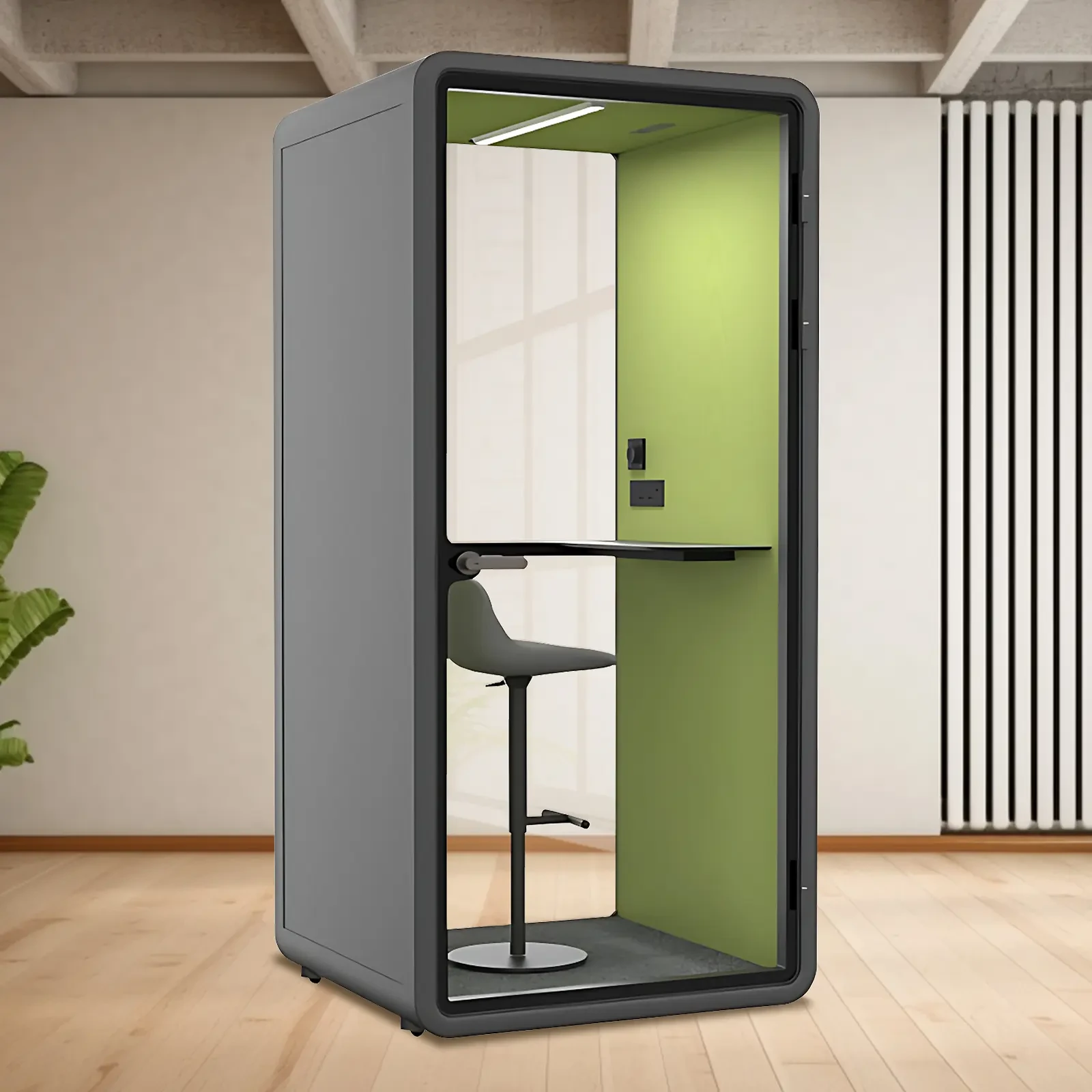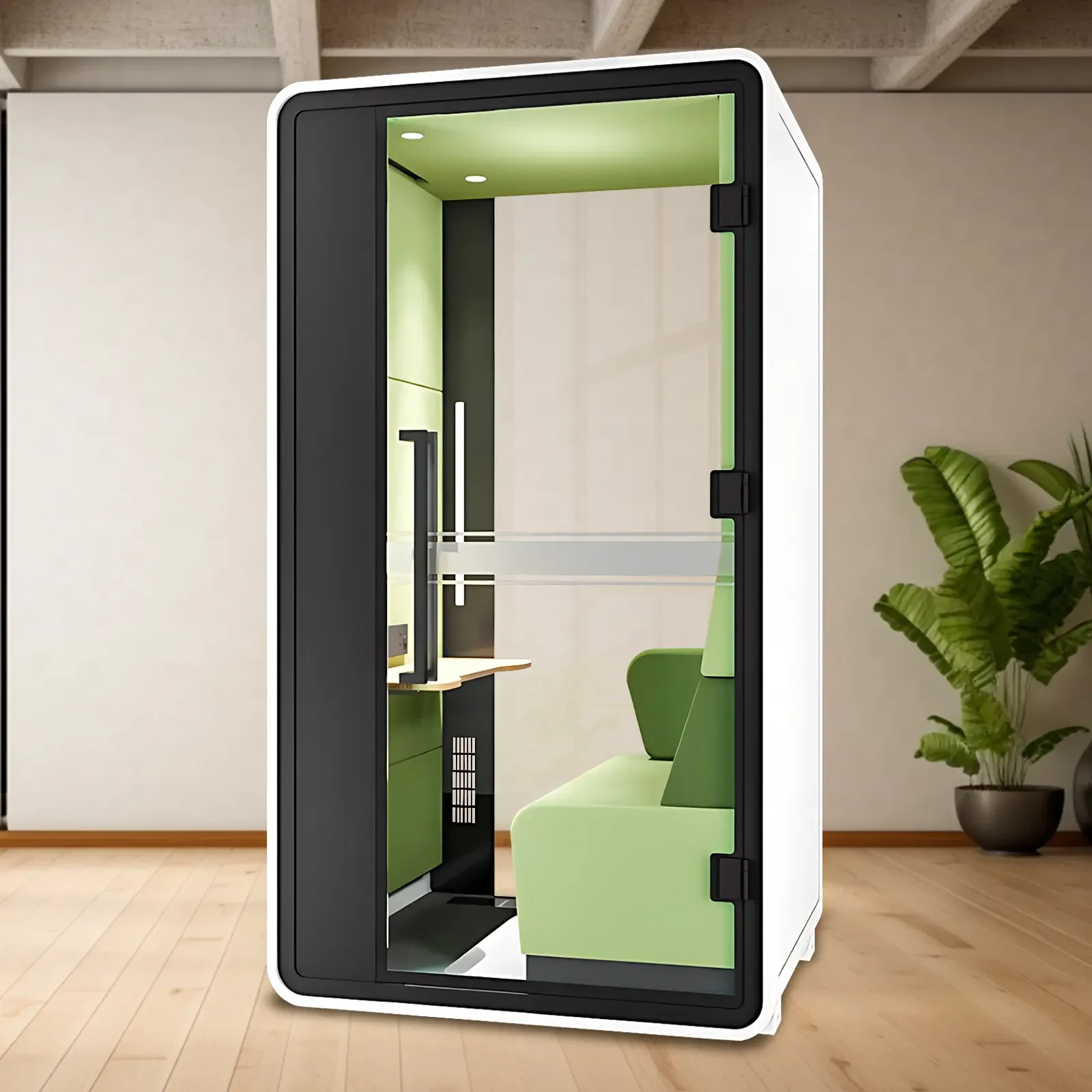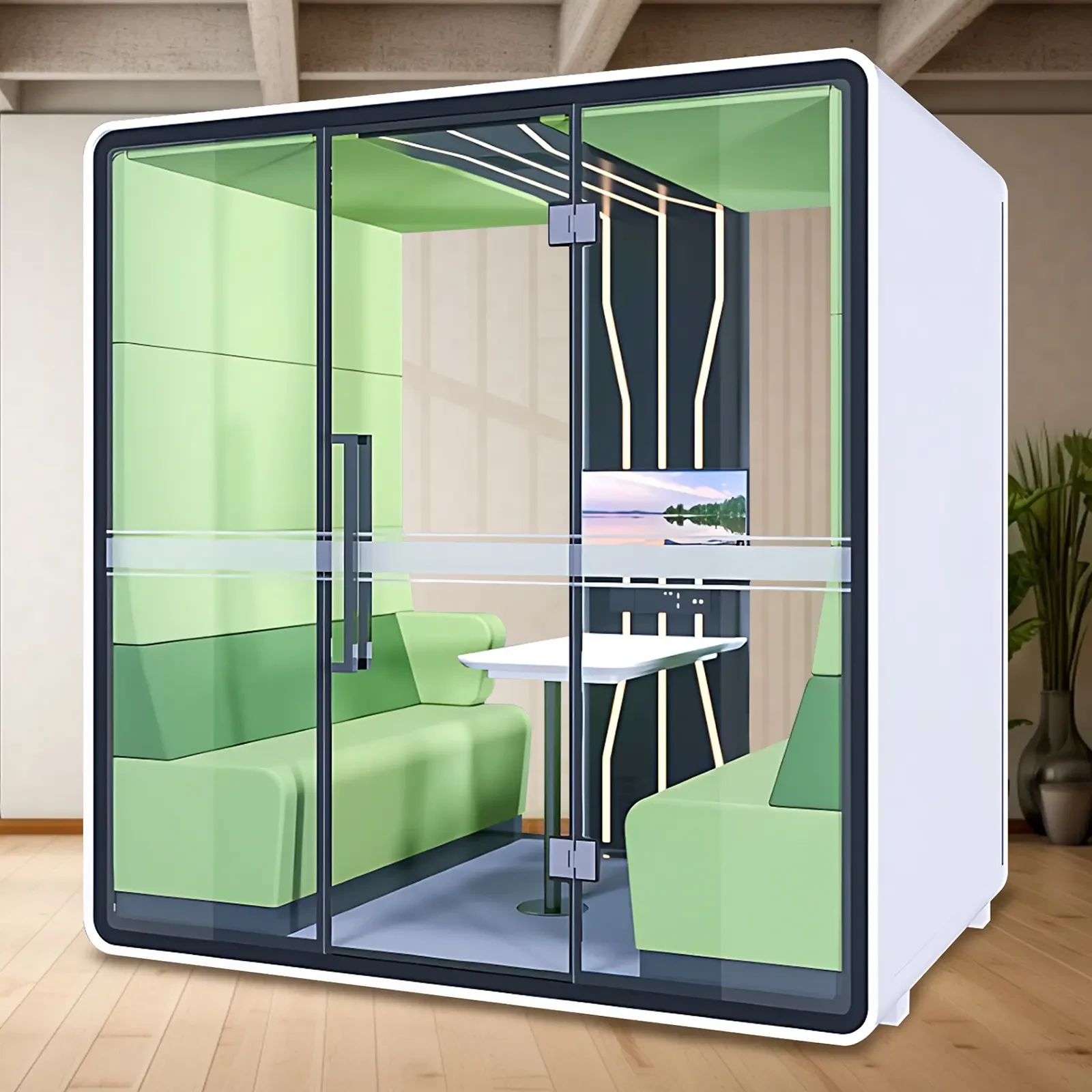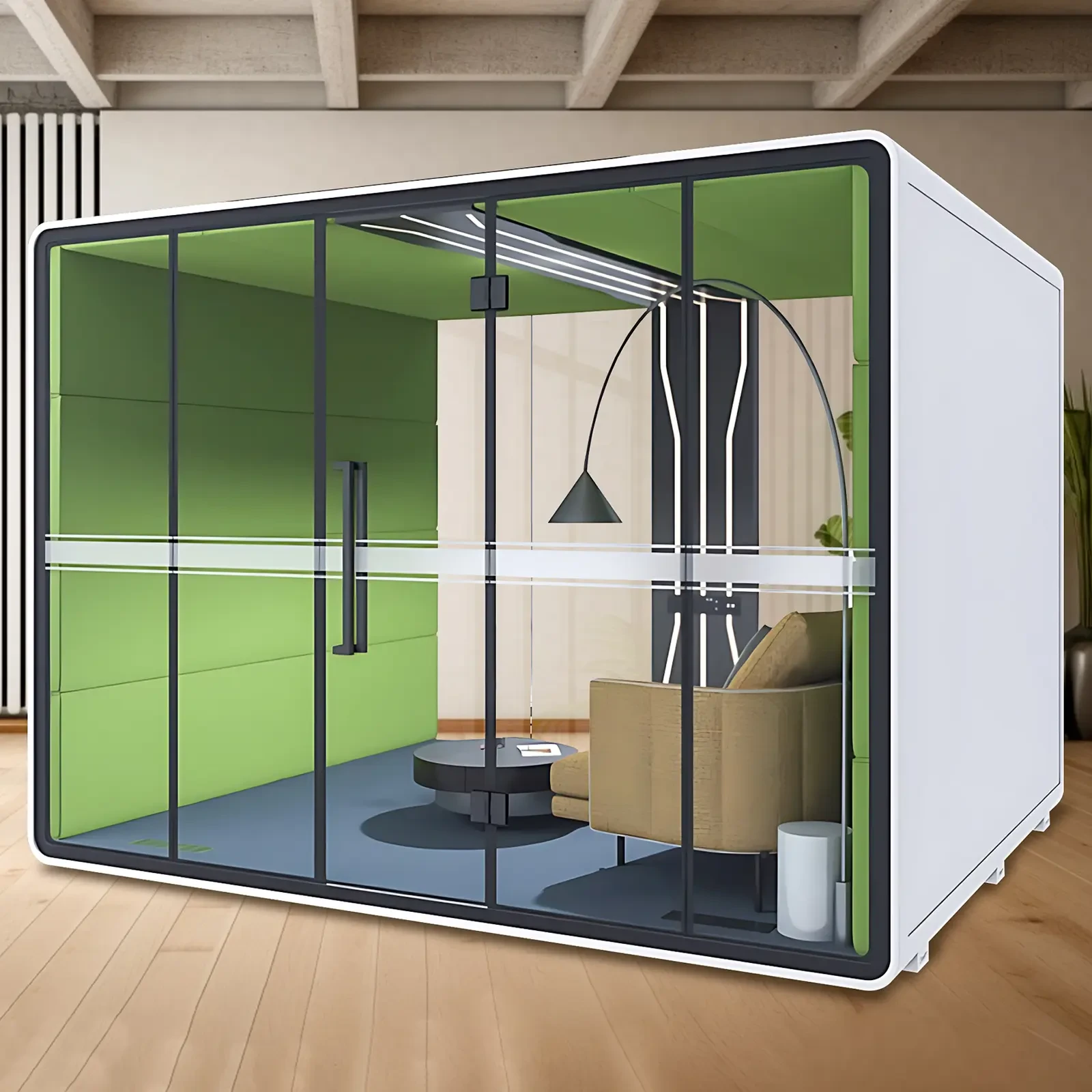It is more than a luxury for musicians, producers, and enthusiasts of all kinds to have a space devoted to music that maintains acoustic integrity and allows for the kind of performances that might otherwise disturb the peace of a shared living environment. The necessary acoustic treatments bring a kind of clarity to both performance and practice that is vital for maintaining the peace that all those kinds of music workspaces desperately need. Soundproofing a room for music is the most essential of those treatments.
The Science Behind Effective Soundproofing
When it comes to soundproofing a room for music, the most fundamental quality concerned is how sound behaves in enclosed spaces. This is especially important if the room is small, which is already a disadvantage in terms of sound quality.
It becomes even more critical if the room has anything like a hard floor, low ceiling, or thin walls, the kind of surfaces to which sound is likely to bounce and off which it's more likely to reflect than to transmit through the solid part of the wall.
Vibration is another aeration problem. That is, sound that gets in through the air completely misses the point of soundproofing. Part of the idea behind soundproofing a room is to keep sound that's made within the room from getting out and sound that wants in from getting in.
Design Considerations for Soundproof Music Spaces
Starting with the room's design, it should be impossible for sound to penetrate or exit through any structural points. The most important places to seal are the bolt holes in the studs, the electrical wiring that passes through the studs, and the gaps around the window, doorframes, and ventilation points.
The wall should be built of or backed by something very dense, with a better-than-average sound-absorbing ability. Better yet, use a combination of materials that have different densities with differing resonant frequencies.
If there is anything that plays any kind of sound near your windows, use it only as a last resort; it is better to have between five layers of half-inch drywall and five steel plates, with anything on the side of the wall that faces the inside of the room doing whatever it needs to do.
Acoustic Isolation for Enhanced Audio Quality
Another very significant role of soundproofing a room for music is to guarantee that the internal acoustics of that room suffice, so that recordings and playback sessions remain clean, balanced, and immersive. This doesn't just happen naturally, even with the most advanced recording equipment.
Without appropriate treatment, the room itself can color sound in a very undesirable way, which can muddy vocal lines and threaten the very clarity of instrumental work that's paramount to any individual performance.
There are several reasons for this, but fundamentally, spatial and acoustic identity is what diffusion, absorption, and unexplained natural phenomena are all about. And passing that test is, in effect, what soundproofing a room for music has to accomplish.
Controlling External Disturbances for Creative Focus
Be it cars or general ambient disturbances, these extraneous noises can make it hard for a musician to maintain a workflow, making it exceedingly necessary to isolate the home studio from noise and the musician from distractions when serious recording is taking place.
The better a room is acoustically insulated, the more the sound that is created within it stays inside and the more the sound that is outside stays outside, making it also a psychological barrier that allows the artist to concentrate fully on the act of creation.
Future-Proofing Music Spaces with Smart Design
It is critical to see soundproofing a room for music as a long-term investment in both tranquility and effectiveness, assuring that the next time the room must change is when it is filled with different instruments and perhaps some new, next-generation recording technology.
Periodic upgrades are one thing; a room that needs COMPLETELY redone because of its sound isolation failing can be handled only by the class of renovations that makes some people call soundproofing—or sound isolation—an oxymoron. But don't worry. No secrets here. Just doing it right.
Sound Proof Office Phone Booth – 35 dB Noise Reduction with Ventilation System : This streamlined, small phone booth delivers privacy and calm in open-office situations. It is constructed of double-layer aluminum honeycomb panels and a very high-density acoustic felt that achieves a remarkable sound insulation rating. And yet the phone booth is quieter inside than outside it. That’s also partly because the booth is an enclosed space. The reverberation time does not exceed for speech inside a phone booth. Using an enclosed space is a necessary part of achieving decent sound isolation.
Recommendation
If your aim is soundproofing a room for music, creativity, and clear audio, X-Comfot delivers dependable, enterprise-level solutions for soundproofing a room in which to make music. The company offers, for a preposterous installation fee, what amounts to acoustic panels, privacy pods, and noise control systems structured with such precision that one can only imagine the sonic landscapes of the worlds these products spoil, are perfectly tuned to serve something like the divine purpose of sound.

 USD
USD
 GBP
GBP
 EUR
EUR






